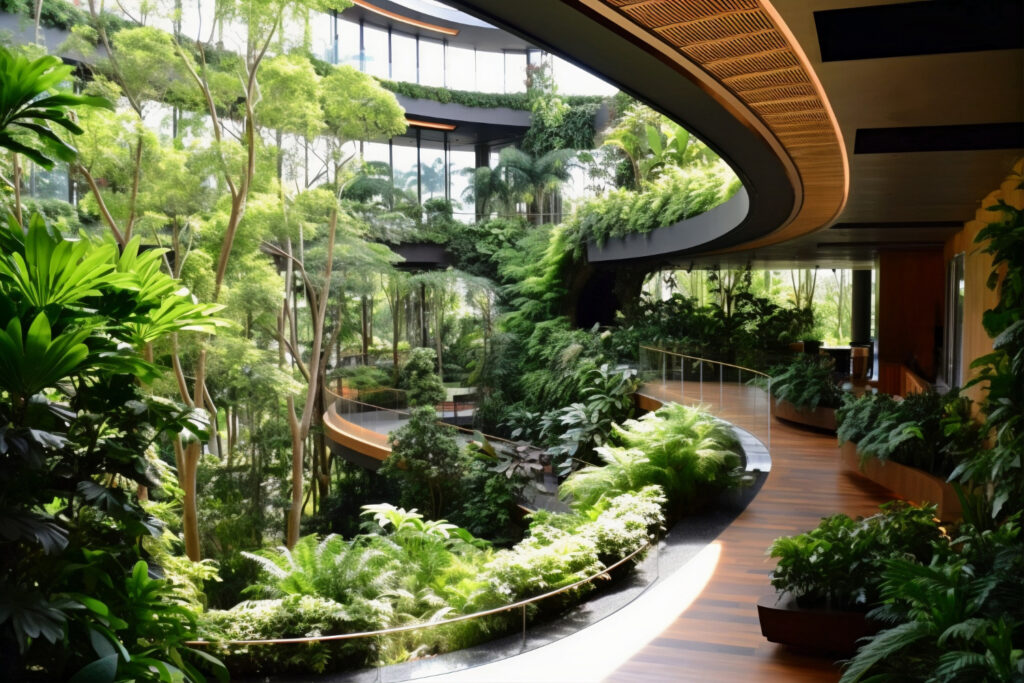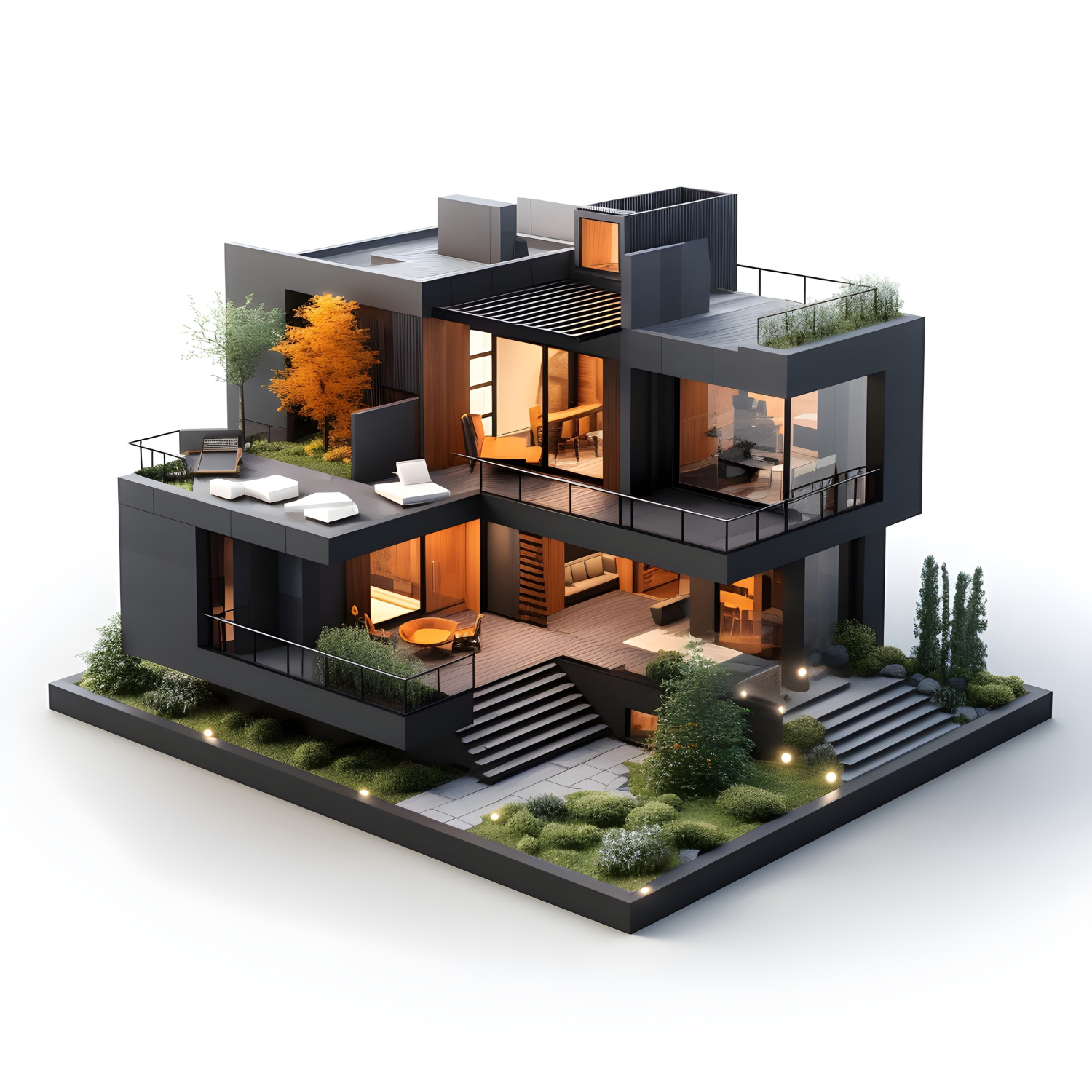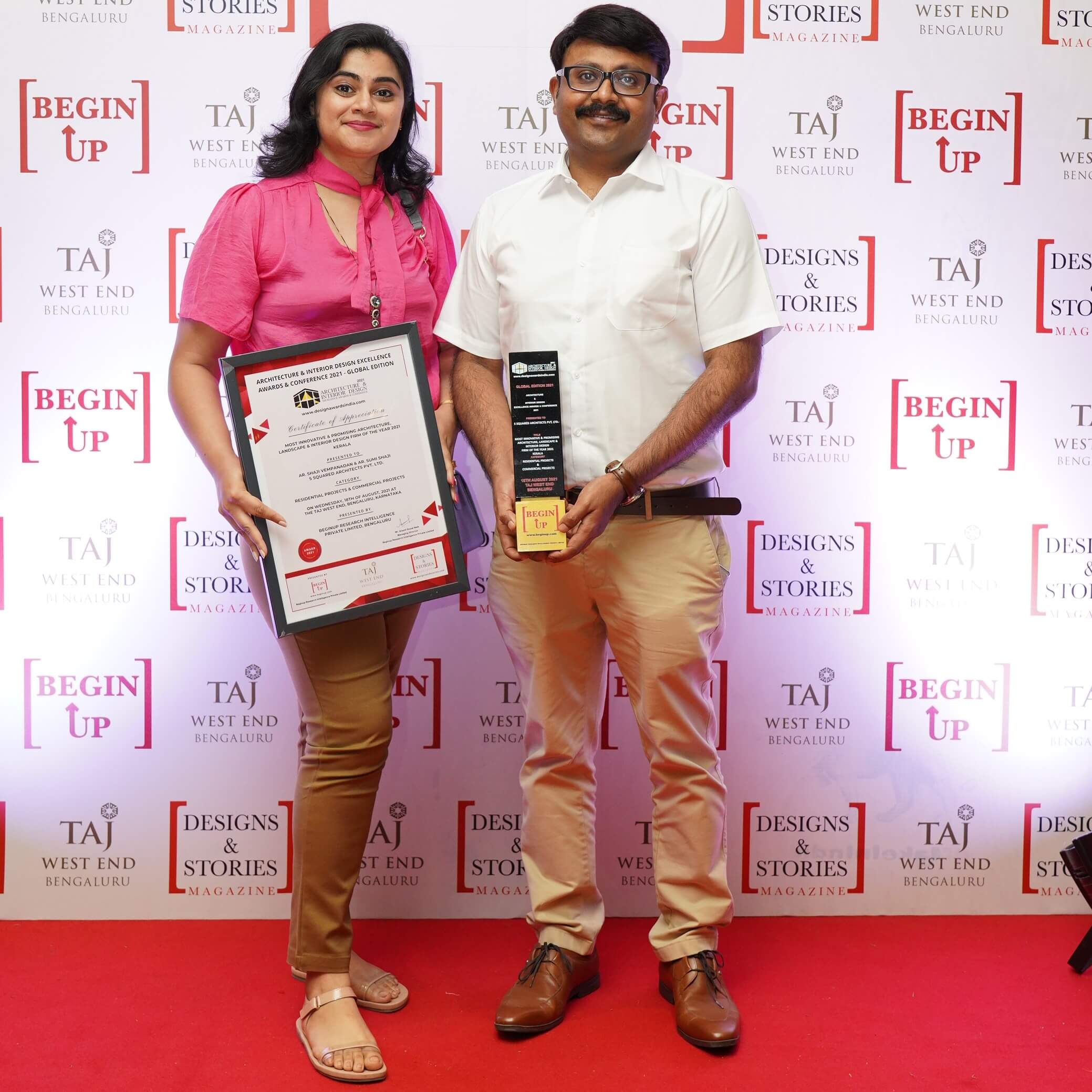Architecture Trends – Top 5 in 2023
Architects serve as beacons of change in a world where technology is rapidly evolving. Discover the latest architecture trends that combine design and functionality. The expert insight we provide covers futuristic concepts and sustainable solutions that will change the way we view built spaces. Here, we highlight the top five Architectural Trends in 2023 that reshape spaces, instigate innovation, and revolutionize our understanding of built environments
Adaptive Reuse and Sustainable Design
As we delve into the architecture trends of 2023, the industry moves towards innovative transformations through Adaptive Reuse and Sustainable Design. They represent a movement towards responsible practices that prioritize spaces that serve their purpose while also contributing positively to the environment and cultural heritage. Adaptive reuse, a cornerstone resonating through the architecture trends in 2023, empowers to reimagine existing structures, infusing them with contemporary functionality while honouring their historical significance.
Sustainable Design principles are shaping architectural practices. Architects prioritize eco-friendly materials and energy-efficient technologies to create designs that cater to diverse infrastructure needs. The goal is to integrate architecture seamlessly with the environment, beyond functionality. These trends redefine spatial experiences and attract investors and clients prioritizing sustainability.
Biophilic Design and Nature Integration in Architecture Trends

An important focus of architecture trends in 2023 is the convergence of innovation and nature through Biophilic Design and Nature Integration. These trends are reshaping the way we approach built environments, emphasizing the importance of incorporating natural elements to enhance human well-being. Biophilic design has emerged as a pivotal trend, emphasizing the integration of nature into architectural projects.
Biophilic design can principles seamlessly integrate into every project whether it’s a residential haven, a commercial hub, or a community-centred public project. Architects are recognizing that incorporating greenery not only enhances air quality but also contributes to heightened productivity and overall wellness for those inhabiting these spaces. The rise of biophilic design and nature integration signifies a shift towards sustainable and holistic architectural practices that prioritize human well-being and environmental harmony.
Smart and Responsive Architecture Trends
The Smart and Responsive Architecture integration into futuristic designs places at the forefront of the architectural trends of 2023. Smart architecture, a cornerstone of this era, simplifies the complex by integrating technology into designs, creating spaces that not only adapt but optimize and elevate user experiences. At its core, smart architecture leverages cutting-edge technologies such as the Internet of Things (IoT), Artificial Intelligence (AI), and automation.
Responsive design is an increasingly significant approach in architecture that ensures buildings evolve harmoniously with their inhabitants. Architecture trends in 2023 emphasize flexibility and responsiveness, making responsive design the only solution. Smart and responsive architecture offers tailored design solutions that meet specific requirements. Collaboration with industry experts ensures that buildings resonate with the times, reflecting the spirit of innovation.
Flexible and Multi-Functional Spaces
Architecture trends in 2023 emphasize flexible and multi-functional spaces that are capable of adapting to changing needs. This approach simplifies the use of spaces, empowering users to evolve their environments. Dynamic spaces enable quick changes to meet the requirements of new situations. The result of this emphasis on adaptability and versatility is a modern design that is both practical and innovative.
A popular trend in architecture is to combine multiple functionality within a single space. Architects tailor their designs to suit a spectrum of needs, ensuring adaptability and versatility. These spaces promote productivity, creativity, and comfort, positively impacting user experience in schools, healthcare facilities, and social infrastructure. By embracing architectural trends, architects create adaptable environments that cater to the ever-changing demands of the modern world.
Cultural Sensitivity and Inclusivity in Architecture Trends
In architectural trends for 2023, cultural sensitivity and inclusivity are taking the forefront of design principles. Cultural sensitivity remains a cornerstone, advocating for the integration of diverse cultural elements into architectural designs. Meaningful spaces are created when they resonate with the cultural identity of their inhabitants, fostering a deeper connection to place and community. Inclusivity, an equally paramount focus, fuels commitment to crafting spaces that are universally accessible and accommodating, regardless of individual backgrounds or abilities.
This architectural trend for 2023 will enable architects to build bridges between people, cultures, and communities rather than just building buildings. The rise of cultural sensitivity and inclusivity stands as a testament to the industry’s commitment to creating spaces that resonate with the diverse tapestry of human experience. Collaborations with interior design firms, investors, and stakeholders drive innovative approaches, fostering culturally sensitive and inclusive architectural solutions.
Material Innovation and Experimentation
Architecture trends in 2023 will be defined by material innovation and experimentation, which will lead to a paradigm shift in architectural practices. This shift will redefine the boundaries of architectural design by offering sustainability, functionality, and aesthetic appeal. Architects will incorporate unconventional materials, textures, and forms to create innovative and functional spaces, resulting in the exploration of new dimensions of innovation.
In 2023, architects will prioritize sustainable materials and innovative partnerships to create functional and aesthetically pleasing spaces with minimal environmental impact. Sustainable materials, experimentation, and innovation will redefine design, resulting more eco-friendly built environment that meets the needs of present and future generations. By collaborating with stakeholders, architects will lead the way in creating a more sustainable, adaptive, and futuristic built environment.
Conclusion: Crafting Tomorrow’s Spaces
S Squared Architects is at the forefront of architectural trends in 2023. With a focus on pushing the boundaries of architectural norms, S Squared Architects creates functional and aesthetically pleasing spaces that resonate with clients’ cultural aspirations. The firm collaborates with design firms, investors, and stakeholders to provide holistic, client-focused solutions. S Squared Architects is a visionary industry leader shaping a future where architectural excellence meets the aspirations of tomorrow.




